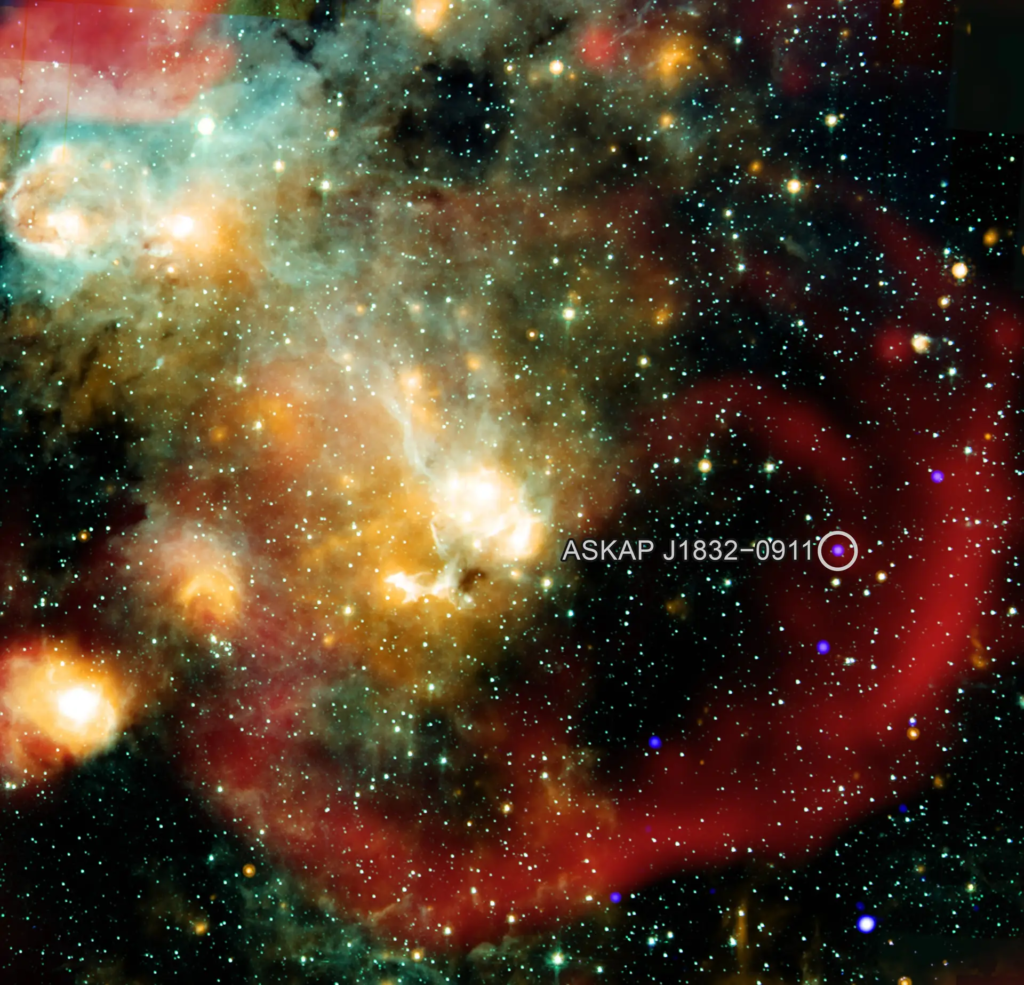🛰️ China Launches Asteroid and Comet Sample Return Mission
On May 29, 2025, China launched the Tianwen-2 spacecraft, initiating a new interplanetary exploration mission. The goal of this mission is to collect samples from one of Earth’s closest asteroids, 2016HO3, and from comet 311P. Sample-return missions like this provide a unique opportunity to directly study materials from the early solar system, offering invaluable insights into the formation processes of planets and small celestial bodies. Tianwen-2 is regarded as a significant part of China’s strategy to play a more active role in international space research.
This mission not only highlights China’s advancing technological infrastructure but also showcases its potential to make unique contributions to space science. The samples gathered from the asteroid and comet will be analyzed for traces of organic molecules and water, which could shed light on the evolution of life and the conditions for life beyond Earth. The scientific data obtained will also form the foundation for developing critical technologies for future space mining and deep space exploration.

🌟 Scientists Discover a Mysterious New Star!
Using the ASKAP radio telescope in Australia, scientists have discovered a previously unknown star located approximately 15,000 light-years away in deep space. This star emits both X-rays and radio waves every 44 minutes. The simultaneous emission of multi-frequency signals like this offers new insights into celestial objects that are either rare or previously unidentified. Currently, the object is being investigated as either a white dwarf or a magnetar, but its exact nature remains under scientific study.
This discovery suggests the need for new classifications in astrophysics and may challenge current models of stellar life cycles. Furthermore, it provides an important foundation for developing theories on how and why X-ray and radio emissions occur together. Such research enhances our understanding of the complex dynamics of space and the influence of stellar magnetic fields.

🧑🚀 India Advances Research on Habitats for Mars
India is making significant strides in space research, particularly focused on Mars exploration. Indian Air Force pilot and astronaut Shubhanshu Shukla is scheduled to travel to the International Space Station (ISS) on June 8, 2025, as part of the Axiom-4 mission. During this mission and beforehand, Shukla published two scientific papers on critical technologies needed to establish habitats on Mars. His work provides models and experimental data for developing life support systems capable of withstanding Mars’s harsh atmospheric conditions.
Shukla’s contributions highlight India’s growing role not only in space technology but also in planetary science and human space exploration. Creating sustainable habitats on Mars is considered a crucial step for future manned missions. These efforts will boost India’s scientific output in space research and strengthen its position in the global space exploration community.

🎬 This Week’s Art Corner: Prospect (2018)
Prospect is an independent sci-fi film that tells the story of a father and daughter searching for a rare valuable substance on a distant planet. The film focuses on survival struggles in space, ecological challenges, and the darker sides of human nature. Unlike big-budget productions, it offers a more realistic and sometimes grim atmosphere. The alien nature of the planet and the exploration theme effectively portray the risks of scientific discovery and the tension that comes with facing the unknown.
From a scientific perspective, Prospect offers an intriguing experience especially for those interested in astrobiology and planetary sciences. The film depicts the difficulties of space exploration in a simple but impactful way, while also highlighting the complexities of human-nature and human-human relationships. If you’re looking for a space-themed film that is more personal and psychologically profound, Prospect is a unique alternative.

